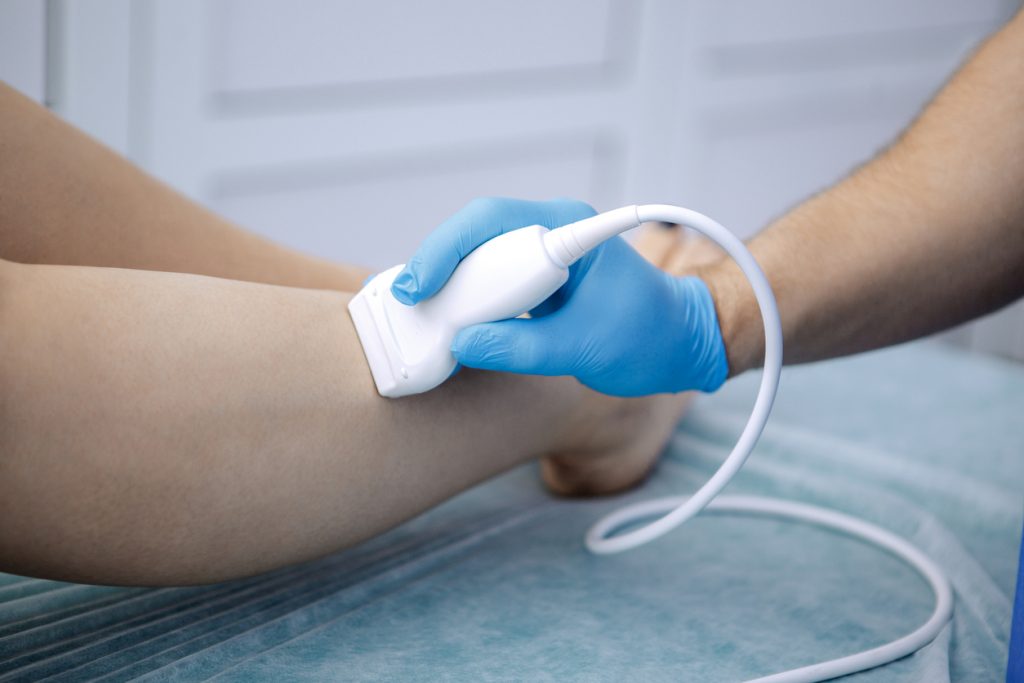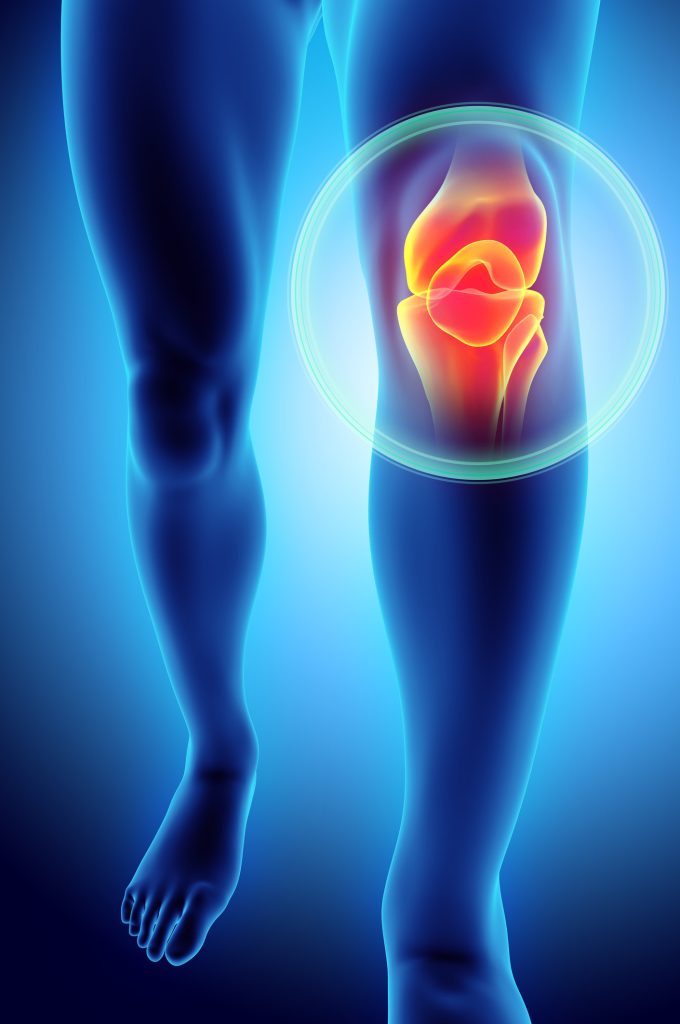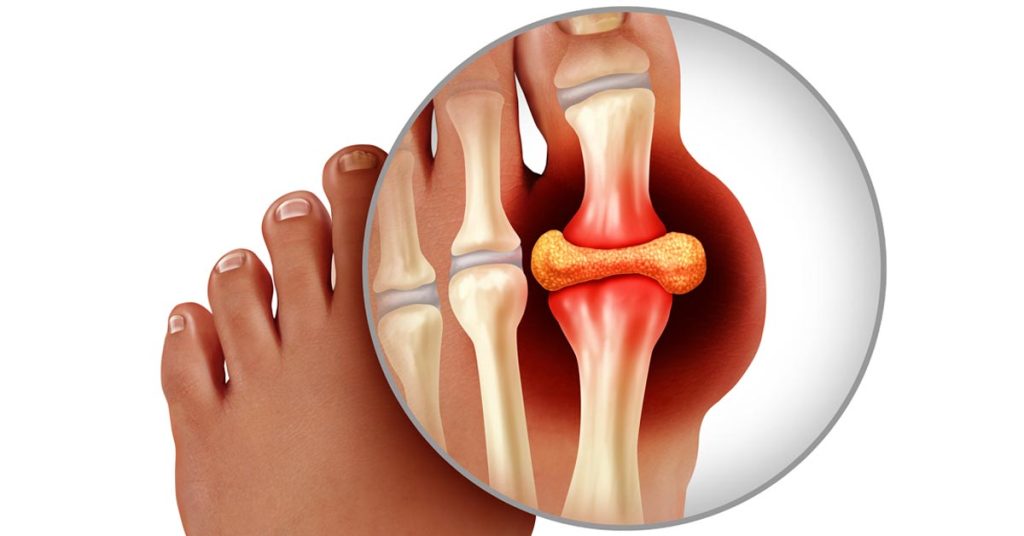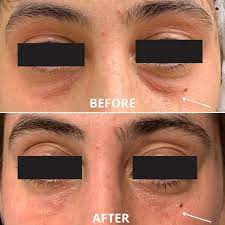Could a low sodium diet sometimes do more harm than good?
Reports
Current practice guidelines suggest a low-sodium diet for the management of heart failure. Although experts are questioning the effectiveness of decreasing salt in one’s diet.
Researchers recently conducted a meta-analysis of data from nine randomized controlled trials that compared a low-sodium diet to standard therapy in patients with heart failure.
They came to the conclusion that excessive salt restriction causes more harm than good. However, the choice of research included in the meta-analysis has been questioned by specialists.
60% chloride and 40% sodium make up most of the weight of salt. A tiny amount of sodium is required by the body to convey nerve impulses, contract and relax muscles, and maintain the right balance of water and minerals. Yet, consuming too much salt is associated with a higher risk of high blood pressure. This is a major contributor to stroke and heart disease.
Introduction
Adults should limit their daily sodium intake to 2,300 milligrams, or roughly 1 teaspoon of table salt, according to the Dietary Guidelines for Americans.
Nonetheless, the CDC reports that Americans typically ingest more than 3,400 mg of sodium daily. In processed meals, especially bread, meats, and sauces, a large number of people unknowingly take high levels of salt.

In the past, persons with heart failure have been advised to monitor their sodium consumption especially carefully to control their condition. Patients with moderate to severe symptoms of heart failure were advised by the Heart Failure Society of America in 2010 to consume less sodium per day than 2,000 mg.
However, whether the dietary salt restriction is beneficial for people with heart failure is still up for debate.
A low-sodium diet may prevent the course of the condition in people with heart failure. This is as per the clinical experiment that was published in 2013.
A more recent clinical experiment, known as the Sodium-HF trial, indicated that cutting back on sodium did not have any clinically significant effects on patients with heart failure.
A Low-Sodium Diet: What Is It?
Sodium is a crucial mineral involved in a variety of vital body processes. This includes cellular activity, fluid balance, electrolyte balance, and blood pressure maintenance.
Your kidneys closely control the amount of this mineral in your body since it is essential to life. Also, it is dependent on the osmolarity (concentration) of physiological fluids.
Most things you eat include sodium, though entire meals like fruits, vegetables, and poultry have far lower quantities. Fresh fruit and other plant-based foods typically contain less sodium than animal-based meals like meat and dairy.
The items that are processed and packed, such as chips, frozen dinners, and fast food, contain the highest concentrations of sodium. This is because salt is added during processing to improve flavor. Adding salt to food while cooking and as a seasoning before eating is a significant contribution to sodium intake.
High-sodium meals and drinks are restricted to a low-sodium diet. These diets are often advised by healthcare professionals to manage ailments like high blood pressure or heart disease.
Is too little salt a thing?
The research team led by Dr. Palicherla looked through numerous databases for randomized clinical studies. They contrasting reduced sodium diets with standard treatment in heart failure patients.
There were a total of nine studies with 3,499 patients in the meta-analysis. The sodium restriction group demonstrated a statistically significant increase in in-hospital mortality. This is compared to usual treatment (risk ratio [RR] 1.84; 95% confidence interval [CI] 1.46-2.31; P0.001), although there was no statistically significant difference in hospitalization between the two groups (RR 1.45; 95%CI; 0.99-2.11; P=0.05).
The researchers came to the conclusion that sodium restriction increased mortality in patients with heart failure based on the findings of the meta-analysis. They add that such recommendations “should be reconsidered” in the absence of any benefits from salt reduction and in the face of increased danger.
Verifying previous research
The study was criticized by several professionals since it contained research that had been removed due to a lack of verification.
Managing director of the Welch Center for Prevention, Epidemiology, and Clinical Research at Johns Hopkins University and C. David Molina Professor of Medicine, Dr. Lawrence J. Appel, told MNT:
This meta-analysis has a major flaw because it is based on four trials conducted by a single Italian research team (the Paterna and Parrinello investigations), and there have been many issues with their research integrity as well as publication retractions.
Some patients may benefit more
The inclusion of retractions in the meta-analysis was criticized by Graham MacGregor, CBE, professor of cardiovascular medicine at the Wolfson Institute, Queen Mary University of London. “You need to be extremely careful,” he said, adding that patients with heart failure often take diuretics, which cause salt depletion.
The University of Alberta’s Justin A. Ezekowitz, MBBCH, professor of cardiology and director of cardiovascular research, and his team published a related meta-analysis last year.
They came to the conclusion that sodium restriction may be related to improvements in symptoms and quality of life but was not associated with fewer hospitalizations or deaths in patients with heart failure.
Dr. Ezekowitz said “it is a really complex topic” and that he would need to examine more closely at the meta-techniques analysis’s in order to prove the validity of their conclusions when Dr. Palicherla asked him to comment on the new meta-analysis.
“However, more [randomized clinical trials] are required in this area to identify whether patients may benefit more (or less) from a strategy of dietary salt reduction. In either case, the SODIUM-HF study and our meta-analysis will need to be taken into consideration when the U.S. and worldwide guidelines are updated, according to Dr. Ezekowitz.
REFERENCES:
- https://www.medicalnewstoday.com/articles/heart-failure-could-a-low-sodium-diet-sometimes-do-more-harm-than-good
- https://www.healthline.com/nutrition/low-sodium-diet
- https://www.wsj.com/articles/recommended-salt-levels-could-do-more-harm-than-good-study-suggests-1407964274
For more details, kindly visit below.








